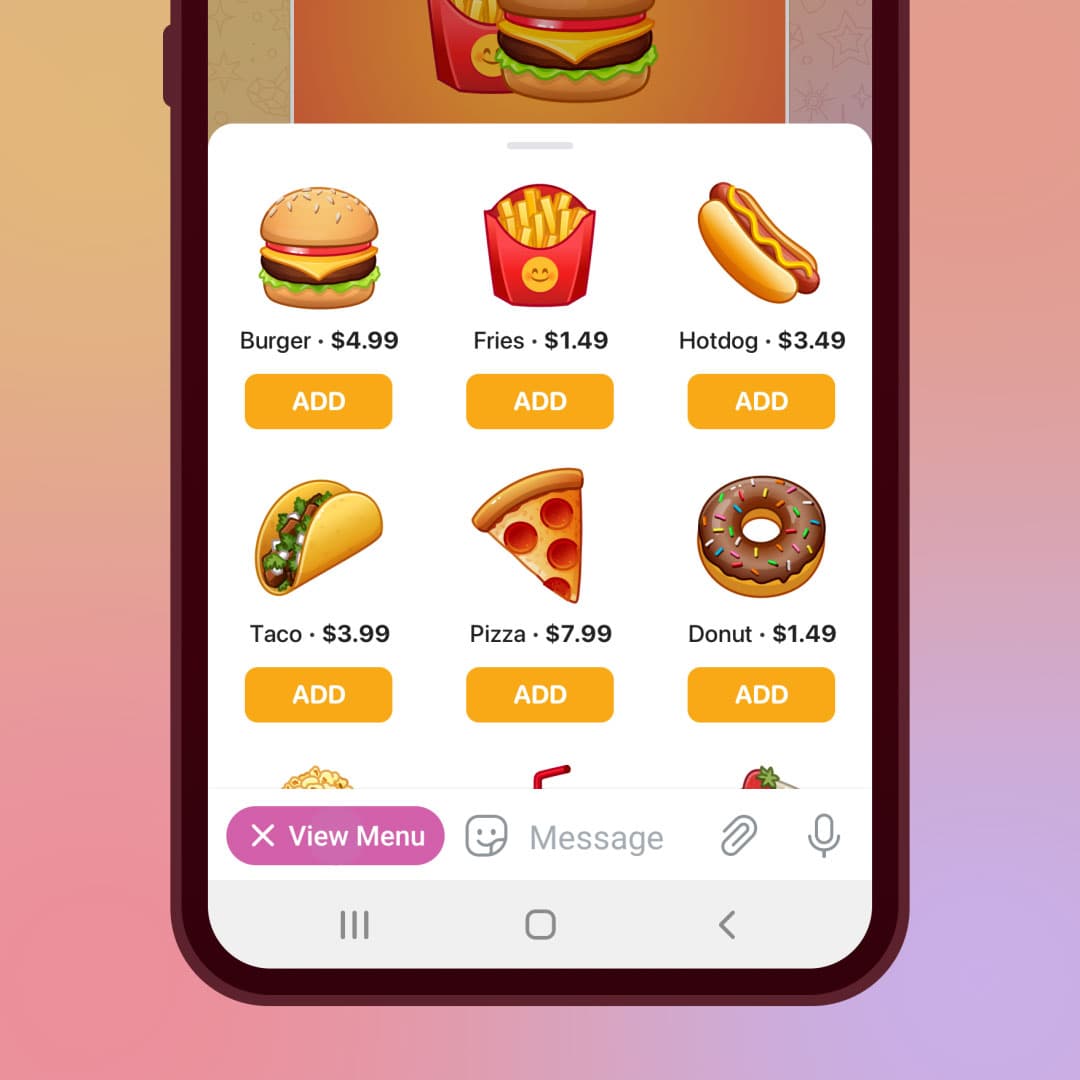Building Telegram apps with Privy
Partnering with Inco to help developers build onchain Telegram apps
Max Segall
|May 9, 2024

Please note that due to the nature of Telegram's in-app browser, only email login, SMS login, and embedded wallets are supported in Telegram mini-apps.
If you’re building in consumer, early distribution is everything. With 900M monthly active users and a strong overlap with onchain networks, Telegram is one of the easiest ways to access your users.
Developers can unlock an early distribution advantage by building their web3 product as a Telegram Mini App (or TMA). Using tools like Privy, it’s easier than ever to give users access to secure onchain experiences as part of their TMA. This post breaks down the TMA opportunity so you can stand one up in minutes. Let’s dive in!
What is a TMA?
Telegram Mini Apps are web apps that run inside Telegram Messenger, meaning they can be accessed via a Telegram chat or a group conversation. For users, launching a TMA is as simple as starting a chat conversation with an app’s Telegram handle. From there, users can launch an embedded web interface for an experience similar to that of other popular in-app browsers.

It doesn’t end there. There are a few great Telegram features that supercharge the experience:
Automation with bots: Most Telegram apps leverage Telegram bots (automated text-based prompts for users) to help users drive in-app actions and receive notifications.
Seamless games: Many game developers are building their mobile games as TMAs since TMAs don’t require app downloads and can be shared quickly via a copy/paste link
Embedded monetization: TMAs can be monetized via in-app purchases, subscriptions, and more, notably leveraging TON.
Cross-platform experiences: It’s easy for developers to sync session history across web and mobile app deployments (e.g., get started in a TMA and continue on desktop web).
Since TMAs are surfaced via webview, they can be built using popular web development standards like HTML, CSS, and JavaScript / React. This makes it easy to integrate the Privy SDK to provision self-custodial wallets for users to power onchain experiences from Telegram.
Integrating Privy into your TMA
Today, many crypto TMA applications provide custodial wallets for their users, creating additional risks. Given TMAs can be built with React, using Privy to power authentication and self-custodial wallet infrastructure for your app is as simple as following our Quickstart guide.
Check out the Inco team’s Slot Machine and Hangman apps to see some Privy-powered Telegram apps in action. If you’d like to replicate any of the onchain functionality you see with these apps, check out Inco’s open sourced repo. Inco is a confidentiality-focused EVM powered by fully homomorphic encryption (FHE). Using Inco, developers can leverage FHEs to enable new forms of gameplay (hidden info, bluffing, strategic PVP, and more), notably via TMAs.
Where we go from here
We help developers meet their users where they are. For many of our customers, this means Telegram.
We’re excited to see what the TMA design space yields, and we’re excited by what we see already. If there’s anything we can do to help you build an onchain experience via Telegram, please reach out. We’re here to help.

